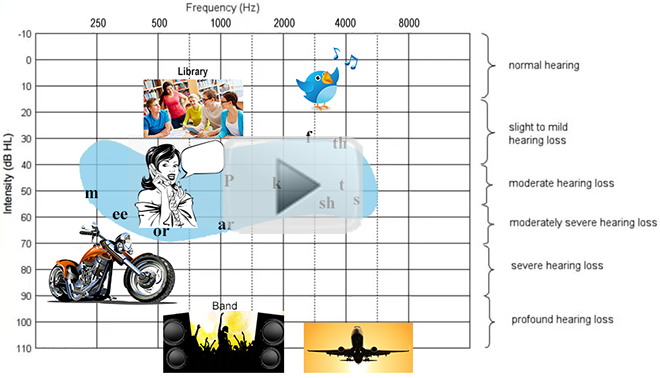
- Sep 2, 2010
Choosing a hearing aid
Choosing which type of hearing instrument is best for you is a very individual thing, and requires specialist advice.
Before choosing a style, seek advice from our Audiologists and consider these factors:
Degree and frequencies of hearing loss
Not all styles are appropriate for all hearing losses.
Functionality
If special features, such as directional microphones, are required, a smaller hearing aid may not be large enough to house this feature.
Ear anatomy
Some ear canals are very tiny, making it almost impossible to fit a CIC.
Lifestyle needs
If you enjoy being outdoors, you may require a different aid than someone who enjoys the symphony.
The occlusion effect
The occlusion effect occurs when an object fills the outer portion of a person's ear canal, and that person perceives "hollow" or "booming" echo-like sounds of their own voice.
When a patient is fit with an occluding earmold/shell and has pure tone thresholds better than 30dB (or even in some instances, 35–40dB) in the low frequencies, between 125 Hz and about 1,000 Hz, they will usually become aware of this annoying low-frequency sensation when talking (Dillon, 2001; Killion, Wilber, & Gudmundsen, 1988; Kuk, Keenan, & Lau, 2005; Kuk, Peters, Keenan, & Lau, 2005)
Occlussion effect and your choice of hearing aid
With in the ear hearing aids your own voice can annoy you. Hence many audiologists will recommend other styles than the hidden versions of hearing aids. Note in the video below the hearing loss indicated on the graph would have an occlusion effect with a CIC hearing aids.
We are the first site in Australia to comprehensively list hearing aid prices
Browse Other Articles
The first site in Australia to list major brands of hearing aids and prices.
